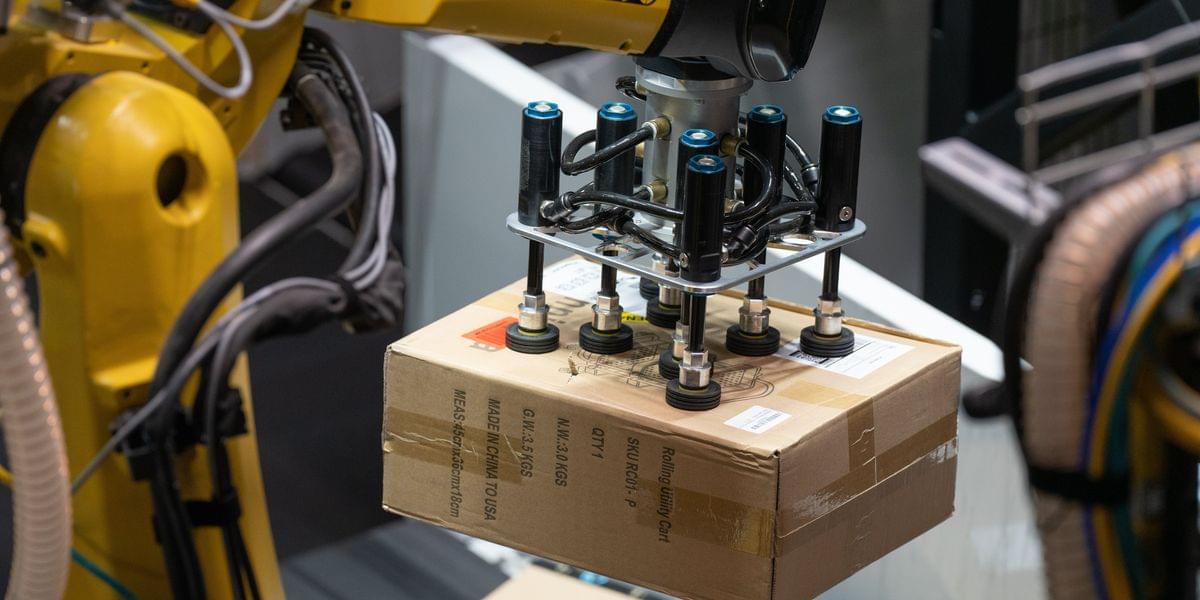Breakthrough could lead to faster drug discovery



Our brain’s ability to absorb fresh information — whether that means mastering a new task at work, memorizing the refrain of a song, or navigating unfamiliar streets — depends on a remarkable talent for neural self‑reinvention.
Every time we practice something novel, millions of tiny contacts between nerve cells subtly adjust their strength and neurons use multiple mechanisms to store knowledge.
Some connections, called synapses, amplify their signals to stamp in crucial details; others turn down the volume to clear away noise. Collectively these shifts are known as synaptic plasticity and for decades neuroscientists have cataloged dozens of molecular pathways that can nudge a synapse up or down.

🚨 Huawei’s NEW chip breakthrough is ROCKING the tech world! 😱 China’s tech takeover is here, and it’s starting with Huawei’s game-changing chip! 🌍 From outsmarting sanctions to rivaling Apple and Qualcomm, this is the #HuaweiChip story you NEED to know! Join REVO NOW to uncover how this chip is reshaping the future! 💻🔥 Hit play now!
🔥 Why You Can’t Miss This:
Discover Huawei’s secret to defying odds with a world-class chip!
Explore what this means for global tech in 2025!
Get the truth on China’s tech rise and YOUR future!
👉 Join REVO NOW! Smash that like, subscribe, and share to stay ahead on tech news! 🔔 Comment below: Is Huawei’s chip a win or a worry? 🤔
#HuaweiTech #ChinaTech #TechTakeover #GlobalTech #Tech2025
🌍 JOIN THE CONVERSATION:
Follow us on social media for exclusive updates and behind-the-scenes insights:
📸 Instagram: instagram.com/techrevonow.
🐦 Facebook: facebook.com/profile.php?id=61555176770936
🌐 TikTok: tiktok.com/@revonow.
🚀 Telegram: t.me/ whsccFVnxKY5YWU0.

Anastasi In Tech

Laser-plasma accelerators can accelerate particles over distances that are up to 1,000 times shorter than those required by conventional accelerators. The technology promises compact systems that have enormous potential to open up new applications for accelerators, for example in medicine or industry. However, the current prototypes have one drawback: most can only accelerate a few particle bunches per second—not enough for practical applications.
DESY’s new flagship laser, KALDERA, has now made a decisive step forward: Driving the compact plasma accelerator MAGMA, the innovative laser has been shown to accelerate 100 particle bunches per second. This increased repetition rate opens the path to actively stabilize the plasma accelerator performance in the future, which will bring it a good deal closer to first applications.
In conventional accelerators, radio-frequency waves are fed into so-called resonators. These waves can give a push to particles passing through them—in most cases electrons—and transfer energy to them. In order to raise the particles to high energy levels, numerous resonators have to be connected in series. This makes the systems long and expensive.


